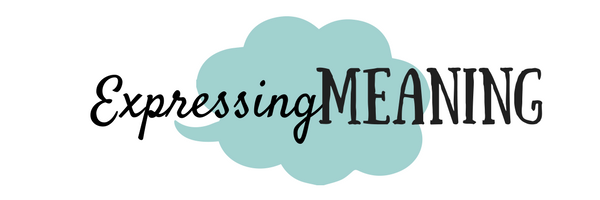
[Icon: Vector by Freepik]
das Internet der Dinge – the internet of things
The internet of things (IoT) is known as das Internet der Dinge (IdD) in German, or das Allesnetz.
It is the connection of devices other than the standard computer or mobile phone to the internet. (Isn’t it interesting how 10 years ago we wouldn’t have considered connecting a mobile phone to the Internet as normal as it is today?)
Today, this would include transport vehicles, kitchen appliances, and any wearable technology. In the future, who knows? Many more items would be joining the internet of things.
The big deal is that all these devices – things – that connect to the internet are collecting data. The data alone isn’t useful, but with cloud technology, the large amount of data can be interpreted, and useful information transmitted back.
I am actually scared by the implications of this. Especially when we consider the impact this has on security.
The connectivity has its upsides, and I don’t doubt that its advantages are many, but what of the disadvantages?
The world out there as it is right now isn’t safe. The number of vulnerabilities that pop up every day is a cause for concern by itself.
There’s already concerns regarding privacy and data sharing, with our mobile devices and the wearable tech that we have today (especially smart watches).
It’ll be interesting to see how things are, 5 to 10 years in the future. I wonder what sort of new things we will find connected to the internet.
Etymology
For the etymology, Internet comes from English (inter- = between; net = network).[1] (The link also says that the word has been decapitalized since 2016, so I should be writing “internet” when I refer to it in English.
Ding is more interesting. It comes from Middle High German dinc, Old High German thing, and literally referred to a court assembly of free people. (There’s a Wikipedia article on it.) Quoting from the article, the word’s meaning is “an assemblage, a coming together of parts”.

Leave a Reply